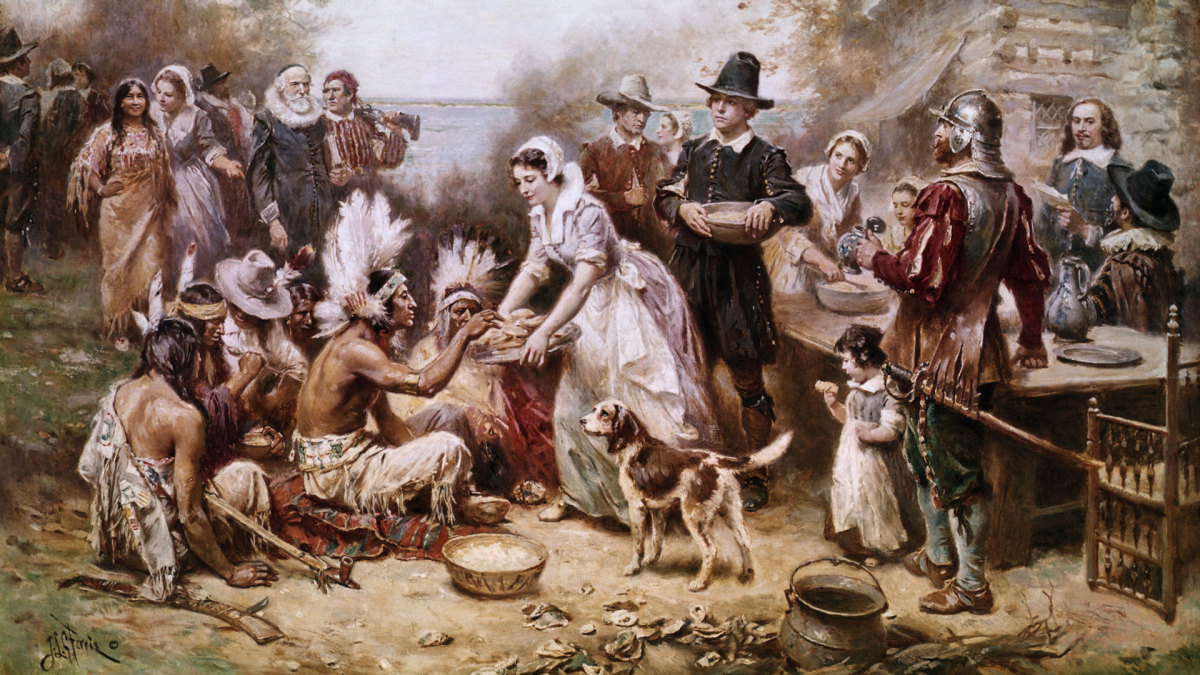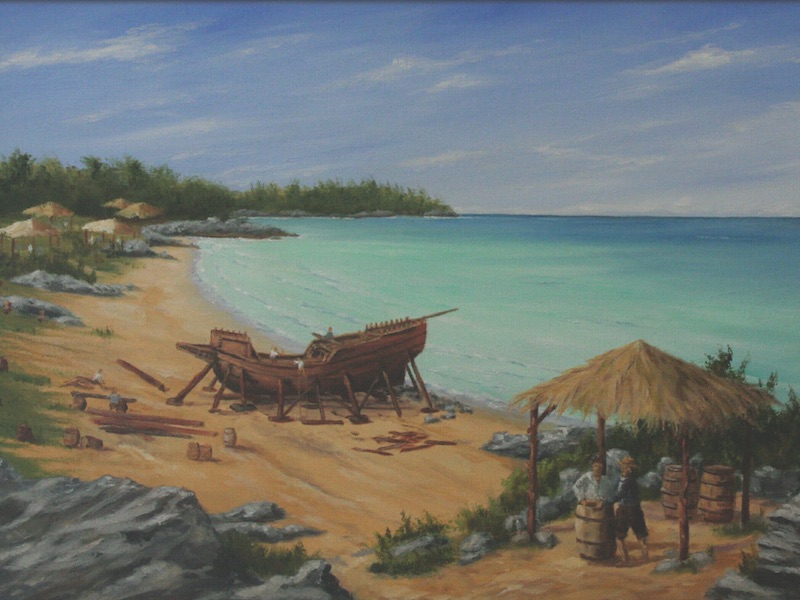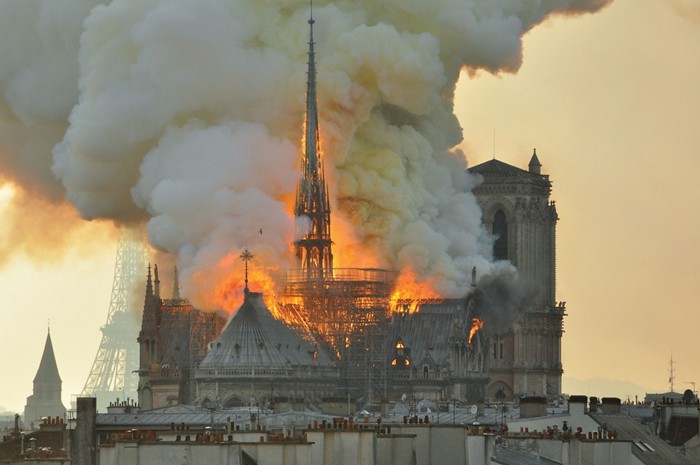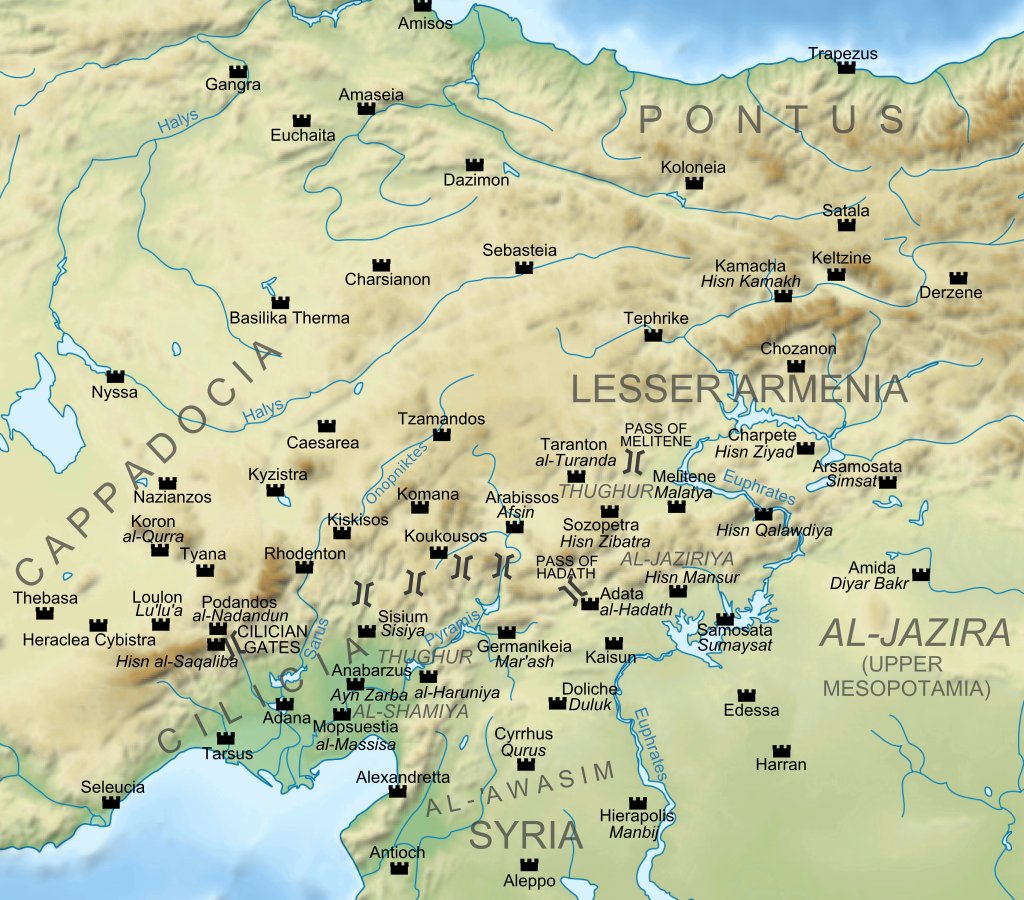
"Only when the tide goes out do you discover who's been swimming naked."
For all their machinations, the Borgias and Medici looked like petty manipulators when a real army showed up.
There was only one serious power player in Renaissance Italy....
For all their machinations, the Borgias and Medici looked like petty manipulators when a real army showed up.
There was only one serious power player in Renaissance Italy....

...and that was (unfortunately) the Venetians.
No one else could withstand the combined powers of Europe, slip through the cracks in their alliances, and come out ahead.
No one else could withstand the combined powers of Europe, slip through the cracks in their alliances, and come out ahead.
https://twitter.com/byzantinemporia/status/1174688994250113025?s=19
Only the Ferrarese came remotely close, able to hold their own in extremely adverse circumstances and maintain their independence. Not least because they invested heavily in defenses and were great artillery innovators:
https://twitter.com/byzantinemporia/status/1300914981693804545?s=19
The Genoese had comparable international reach to Venice, but only when subordinate to a greater power:
byzantinemporia.com/genoa-2-casa-d…
byzantinemporia.com/genoa-2-casa-d…
• • •
Missing some Tweet in this thread? You can try to
force a refresh















